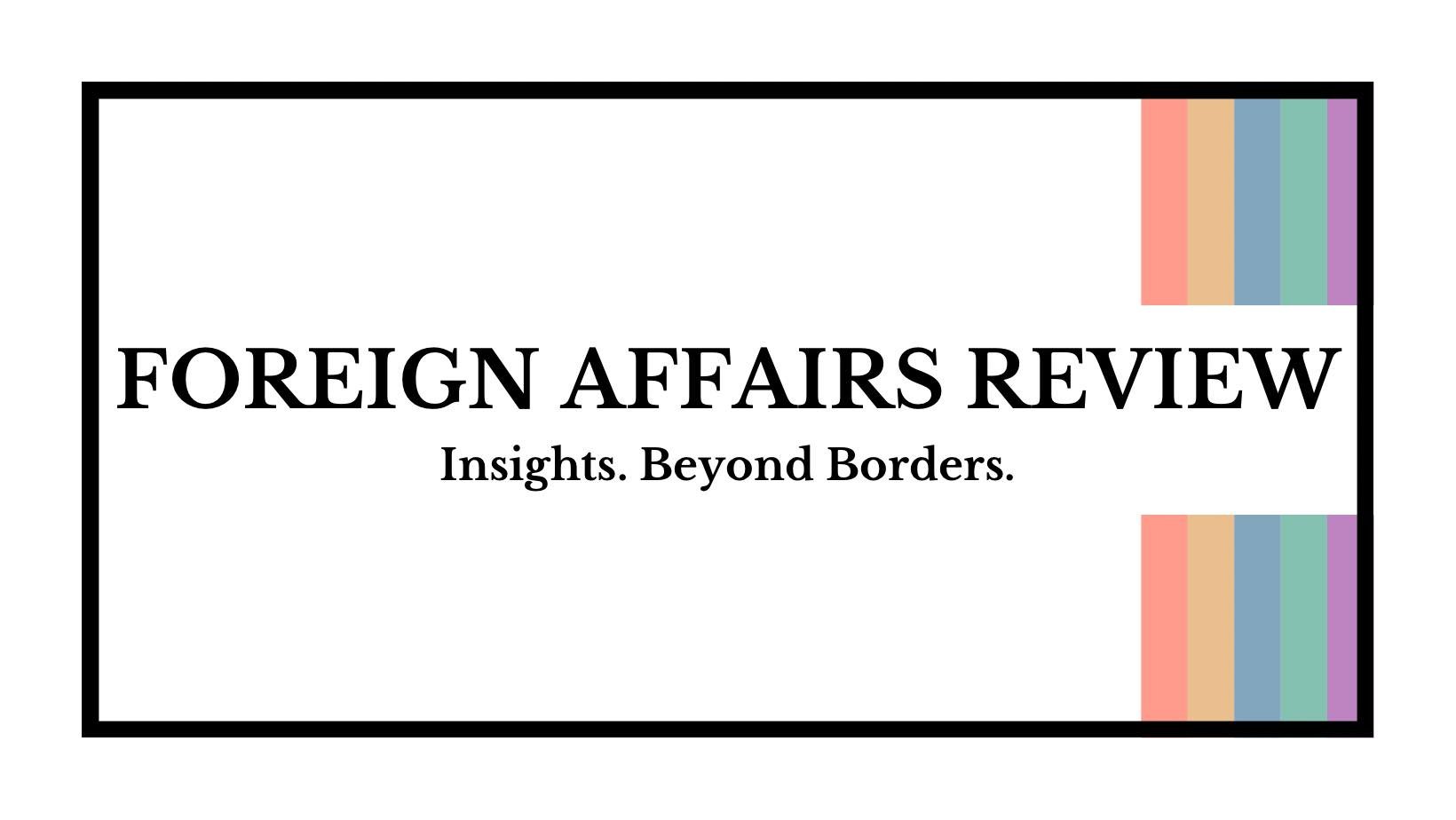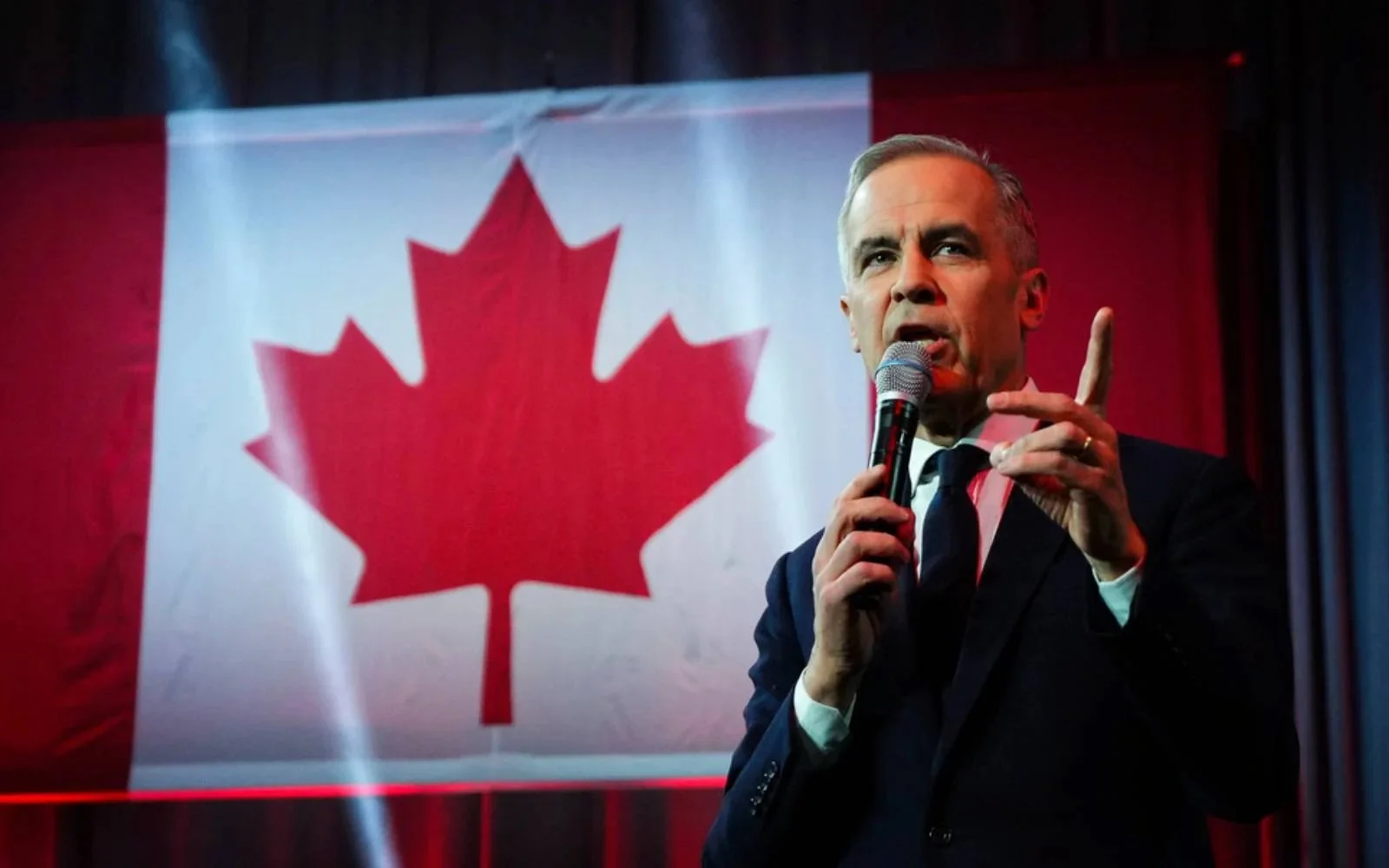Diplomacy in the Gulf: Is the Middle East the New Peace Broker?
The Middle East has, for most of the 21st century, received media coverage that depicts the region in constant turmoil and conflict. One cannot deny the frequency of conflict in the region. Recently however, the region, if not collectively but through the initiative of some ambitious players, have sought to change this image. In their respective capacities, countries like Oman, Saudi Arabia, Qatar, and the United Arab Emirates (UAE) have made significant strides in both addressing the most consequential security issues in the Middle East and playing a helping hand in crises beyond the Middle East. While these countries might not have the global influence that powers like the United States (US) and NATO share, these efforts to rebrand the Middle East are not isolated and are motivated by strategic ambitions, too.
Qatar, for example, has earned a reputation for being a neutral side to settle differences. In the early stages of Israel’s conflict with Hamas, Qatar played a significant role in brokering a temporary ceasefire, which was considered by many as one of the first attempts to prevent the conflict from escalating further. In more recent times, Qatari diplomats played a direct role in facilitating the safe return of US citizens who were held by the Taliban in Afghanistan. And if this was not enough for the small island Gulf kingdom, it facilitated talks between the presidents of the Democratic Republic of Congo (DRC) and Rwanda in light of the escalating security situation in eastern DRC.
For Qatar, these efforts to improve its image come in the aftermath of a short-lived isolation by Saudi Arabia, Bahrain, Egypt, and the UAE. This was a diplomatic crisis that affected Qatar’s credibility due to its active funding of controversial organisations like the Muslim Brotherhood. While Qatar sustained itself during this period by fostering closer economic ties with Turkey and Iran, at the end of day, it still benefits most of all from being a member of the Gulf Cooperation Council (GCC). Siding with Iran internationally would lead to more challenges than advantages.
With this incident in the background, Qatar is walking on a diplomatic tightrope. Its diplomatic duality – being a major non-NATO ally of the US, as well as simultaneously hosting Hamas’s political leadership – has allowed it to pitch itself as a unique diplomatic partner in the Middle East. It has earned the reputation of being an expert in hostage deals. While keeping open communication channels with terrorist groups could be seen as problematic, Qatar has become a gateway to talk to such groups as they legitimise themselves in different parts of the world. The Taliban’s meeting with the US in Qatar in 2023 is such an example.
In a similar fashion, Saudi Arabia has also made significant advances towards playing the role of mediator. Despite nominally being a US ally, like Qatar, a diplomatic shift under Prime Minister Mohammed bin Salman (MbS) has prioritised growing cooperation with US competitors Russia and China. While Americans would view this growing proximity between Saudi Arabia, Russia, and China with concern, the Saudis have been able to balance these shifts by keeping in touch with Washington at the right time. It recently acted as host to talks between the US and Russia to simmer down Russian aggression towards Ukraine. Saudi Arabia has also hosted a peace summit on the war in Ukraine, demonstrating that both sides have been able to work with the Saudis.
In the region, Saudi Arabia had been indirectly cooperating with Israel, with an increasing likelihood of a normalisation of ties. Although this stance has shifted following the situation in Gaza, it is important to note that Saudi Arabia’s staunch opposition towards recognising Israel was melting. This is a start, even though it sets the two-state solution as a condition towards realising that reality. Furthermore, the Saudis have expressed their willingness to withdraw from their direct involvement in Yemen’s crisis. A Houthi delegation travelled to Riyadh in 2023, with a reciprocal trip taking place in the same year, signalling that MbS plans to utilise Saudi forces in the right direction and not risk a possible spillover into Saudi Arabia’s internal stability. Most importantly, it restored diplomatic relations with Iran, with whom it had actively engaged in proxy wars. These developments indicate Saudi Arabia’s ambition to play a greater role in a more uncertain global order. However, Saudi Arabia’s efforts in the Gulf are much more than ambitions to be merely a regional peacemaker. Central to MbS’s rule is the Vision 2030 plan, which emphasises the diversification of the oil-dependent Saudi economy and aims to make Saudi Arabia more developed and safer. For that to happen, the Saudis want to ensure that their external environment is calm and does not pose any threats towards manifesting this plan. By becoming a regional diplomatic powerhouse, the Saudis will be able to attract investments from different parts of the world and be flexible in the options they choose in an unpredictable international relations landscape.
Another actor that would benefit this discussion is the United Arab Emirates. Like Saudi Arabia, the UAE wants its global image to evolve from solely an oil-rich country to one striving for global and regional peace. Those ambitions have often seemed to align with those of the Saudis – regional peace for establishing their regional ambitions. This is visible in both its military and diplomatic actions. Its military actively participated with Saudi troops in Yemen against the Houthis. Its diplomats, along with the support of Saudi diplomats, established a peace deal between Ethiopia and Eritrea in 2018. However, its approach towards regional stability has not been the most consistent. Its forces in Libya and Sudan have attracted international scepticism. The UAE wants to change that. It has significantly reduced its military presence in these countries to align with its image as a hub of the Middle East. However, it is yet to be seen whether the UAE’s own regional ambitions will eventually clash with those of the Saudis and will chart different paths in their diplomatic trajectories, further reinforcing the misaligned peacemaker image of the Gulf.
A more moderate yet effective diplomatic approach has been that of Oman’s. Its position is similar to Qatar’s – hedging cooperative relations with both the US and the likes of Iran. Yet a key difference is that Oman does not actively fund or play host to terrorist or extremist organisations. Oman played a significant role in the US-Iran Joint Comprehensive Plan of Action. In recent history, they secured a prisoner swap deal between the US and Iran, demonstrating their capability to become ‘the Switzerland of the Middle East’. Oman’s back-channel talks with the Houthis in Yemen have arguably been more successful than Saudi attempts to resolve differences. The Saudis have been dependent on Omani efforts to facilitate dialogue between the two sides. It firmly opposed Saudi-led initiatives through the Gulf Cooperation Council (GCC) to launch military offensives against the Houthis. It also did not align with other GCC members in boycotting Qatar between 2017 and 2021. This stance at the very least indicates that Oman respects its strategic position and does not seem to bow down towards Saudi pressures to dominate the region.
Oman does not see this as a mistake, as it realises that the Saudis need the Omanis to mediate the conflict in Yemen. By doing this, Oman retains its position as mediator between the two opposing camps. Oman’s unique position in the Gulf has avoided direct involvement in any of the region’s conflicts and has also made sure that the spillover effects do not reach Muscat. For Oman, these efforts have not been transactional in the least. Yet, they value the role they play as a neutral mediator and that this aspect of their diplomacy complements their Vision 2040 plan. For that to become a reality, Oman recognises that peace in Gaza will allow it to convince the Houthis to stop their violence in the Red Sea. At the same time, its comfort with the US gives Oman the leverage to convey to external actors about Oman’s intentions and capability to ensure regional stability.
The intention to establish peace as the norm in the Middle East is clearly present. But there is no single perspective or intention, and to presume so would obscure the complex dynamics between the GCC members and their strategic ambitions regarding leadership of the region. Each of the actors mentioned, probably excluding Oman, has demonstrated that, to some extent, strategic ambitions are driving these diplomatic breakthroughs. The challenge with this status quo is that each has different ambitions, which are bound to clash at some point soon. Due to these differences in objectives, these players often cater to very different actors, potentially leading to different conceptions of peace in the region. It remains to be seen whether the distinct approaches these countries approach towards mediation will amalgamate and serve the larger goals of regional stability.
Image courtesy of the US Department of State via Wikimedia Commons, ©2016. Some rights reserved.
The views and opinions expressed in this article are those of the author and do not necessarily reflect those of the wider St. Andrews Foreign Affairs Review team.



